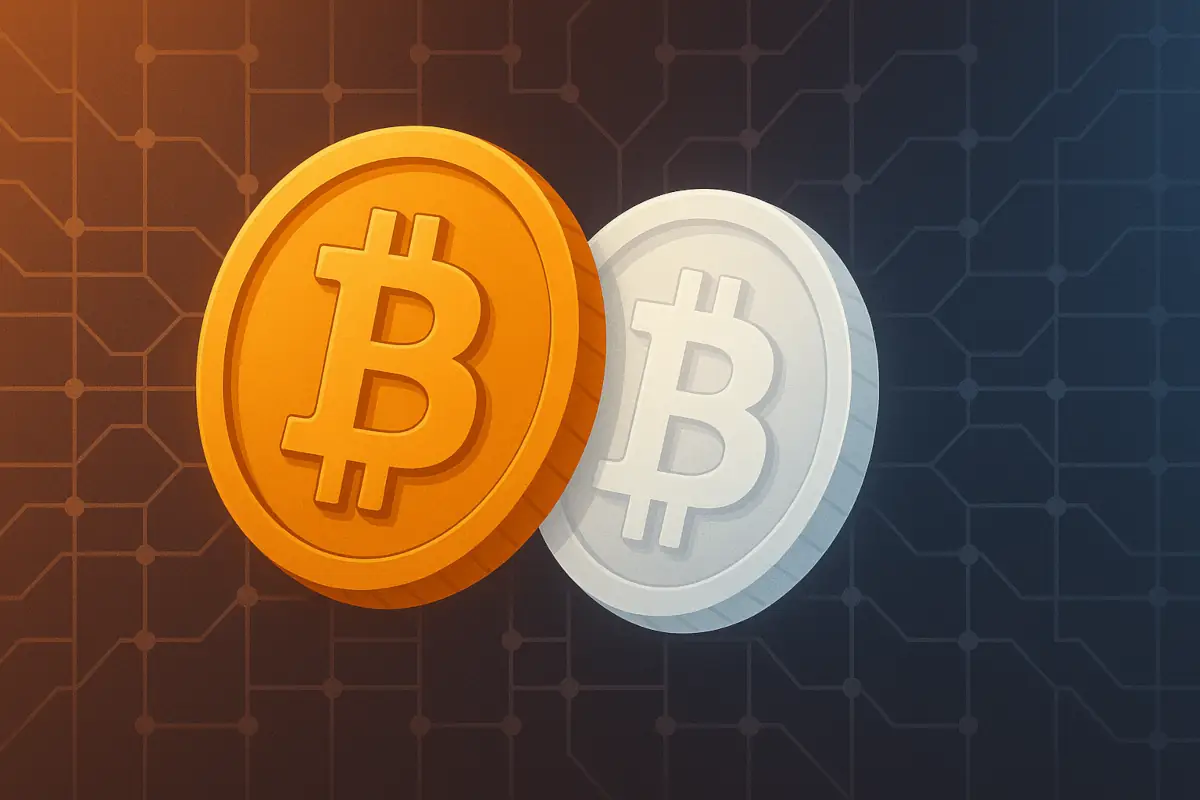In the early hours of April 28, 2025, a massive blackout struck Spain and Portugal, cutting power to an estimated 55 million residents. With public transport frozen, telecom systems paralyzed, and digital payment options rendered useless, the sudden disruption has shown of modern society’s dependence on electricity and connectivity.
While daily life was brought to a standstill, it also prompted renewed attention toward the resilience of decentralized technologies, particularly Bitcoin. As the world’s most prominent digital currency, Bitcoin is often praised for its ability to function without centralized control. But in the face of a major blackout – regional or global – how would it actually hold up?
Table of Contents
Decentralization
Bitcoin is not tied to one server, institution, or geographic location. Its entire ecosystem depends on a decentralized network of over 62,690 nodes spread across the globe. This distribution is precisely what gives it an edge during local crises. When one region loses access due to a power cut, the rest of the world continues processing transactions, maintaining blockchain integrity.
In cases like the recent blackout in the Iberian Peninsula, where internet and mobile services were largely disabled, people within the zone could not access digital wallets or process Bitcoin transactions. However, the network itself remained operational in unaffected regions, and the blockchain continued to be updated without interruption.
This robustness is not theoretical. In 2021, when a blackout hit Xinjiang, China – a major hub for Bitcoin mining – there was a measurable 24% drop in the network’s computing power. Even then, while block production slowed, the Bitcoin network did not collapse, and it fully recovered when power was restored.
Global Blackout
A global blackout would temporarily halt all Bitcoin activity, including transaction validation and mining operations. But it would not destroy the network. That’s because Bitcoin stores copies of its entire ledger across thousands of nodes worldwide. Even if somehow every single node went offline at once, data would remain safe on dormant devices until they reconnected.
Once electricity and internet services return, each node can synchronize with the blockchain, bringing itself up to date with the latest transactions and block verifications. The blockchain picks up exactly where it left off, preserving all historical data. This design makes Bitcoin extremely resilient, even during worldwide technological disruption.
The outage in China revealed that major disruptions can raise transaction fees and slow processing speeds due to a reduced hashrate. But once operations resumed, the backlog cleared and the network returned to its regular pace.
Bitcoin Via SMS and Radio
When internet access is limited or non-existent, Bitcoin can still function using other methods. Some platforms enable users to send Bitcoin transactions through basic mobile phones via SMS. One example is Machankura, a service in Africa that links mobile numbers to Bitcoin wallets through the Lightning Network. Users can initiate transfers with USSD codes, bypassing the need for internet altogether.
Radio waves provide yet another way to conduct Bitcoin activity. In a successful test, a transaction was transmitted from Toronto to San Francisco over shortwave radio – a distance of roughly 4,000 kilometers. The data was encoded into a radio signal and broadcast to be received by compatible equipment, proving that Bitcoin can function without wires or Wi-Fi.
In parts of the world where internet access is still limited or during emergencies when infrastructure is down, these technologies offer a lifeline. They not only maintain financial access but also reinforce Bitcoin’s claim as a truly borderless, censorship-resistant system.
Alternative Communications
Aside from SMS and radio, satellite and mesh networks serve as additional tools to preserve Bitcoin’s continuity. Blockstream Satellite broadcasts Bitcoin’s blockchain to users worldwide using space-based signals. This method allows receivers to stay updated with the latest block data, even without an internet connection.
GoTenna has developed mesh networking solutions that transmit Bitcoin transactions locally between devices. If just one node in the mesh regains internet access, it can relay all pending data to the broader network. In areas experiencing ongoing blackouts, this setup can maintain localized financial systems until global connectivity returns.
One academic project, LNMesh, focuses on creating offline Lightning Network payment systems through mesh networks. In tests using Bluetooth and Wi-Fi signals, transaction success rates reached as high as 95% under optimal conditions. This suggests a strong potential for community-based financial resilience without relying on centralized telecom infrastructure.
Bitcoin Will Continue Functioning
The Iberian blackout highlighted how dependent modern societies are on electricity. Card readers stopped working, and ATMs shut down. Subways and buses halted. The disruption was total. In such a scenario, users could not access their digital wallets even if Bitcoin remained operational elsewhere. The problem wasn’t Bitcoin – it was local infrastructure.
Yet this type of failure also draws attention to the comparative strength of decentralized systems. While banks and centralized payment networks were silent, Bitcoin’s broader network continued functioning. This kind of structural independence is exactly why some believe decentralized finance holds advantages during crises.
Still, extended power outages pose risks, especially for those without backups. Devices may fail. Wallet data could be lost. And where offline alternatives like radio or SMS aren’t in place, users may face delays in regaining access.
Blackouts Can Only Stall
Electricity is essential to keep devices running, whether for mining, node operations, or everyday transactions. However, the decentralized and distributed nature of Bitcoin makes it far more durable than centralized financial systems. As the April 2025 blackout showed, when one part of the world goes dark, others remain active. And when light returns, Bitcoin resumes as if nothing happened.
From SMS platforms in Africa to satellite systems in orbit, innovations have widened Bitcoin’s ability to function under adverse conditions. While a major blackout may cause short-term disruption, it cannot erase the blockchain or bring down the global network.




